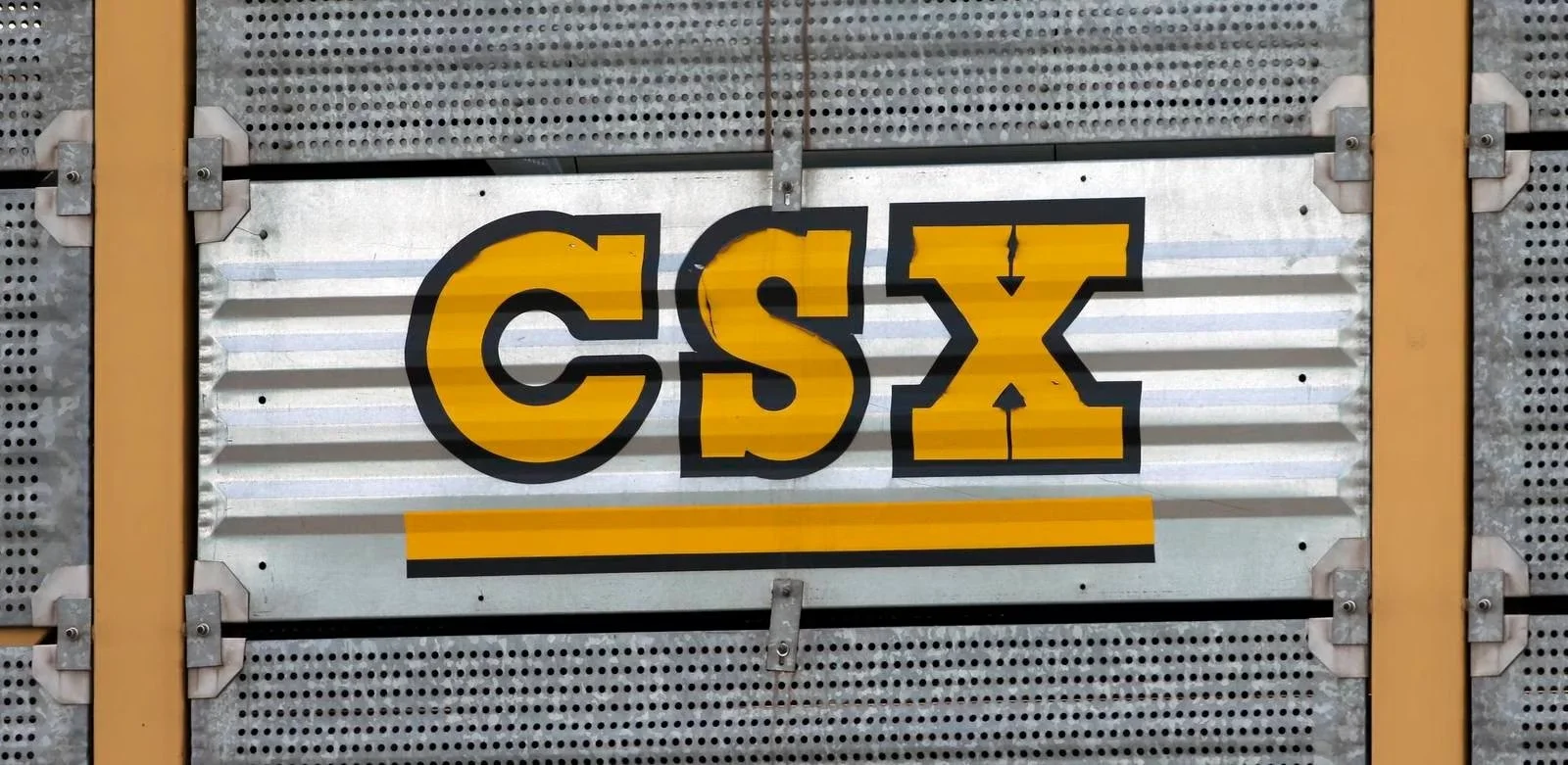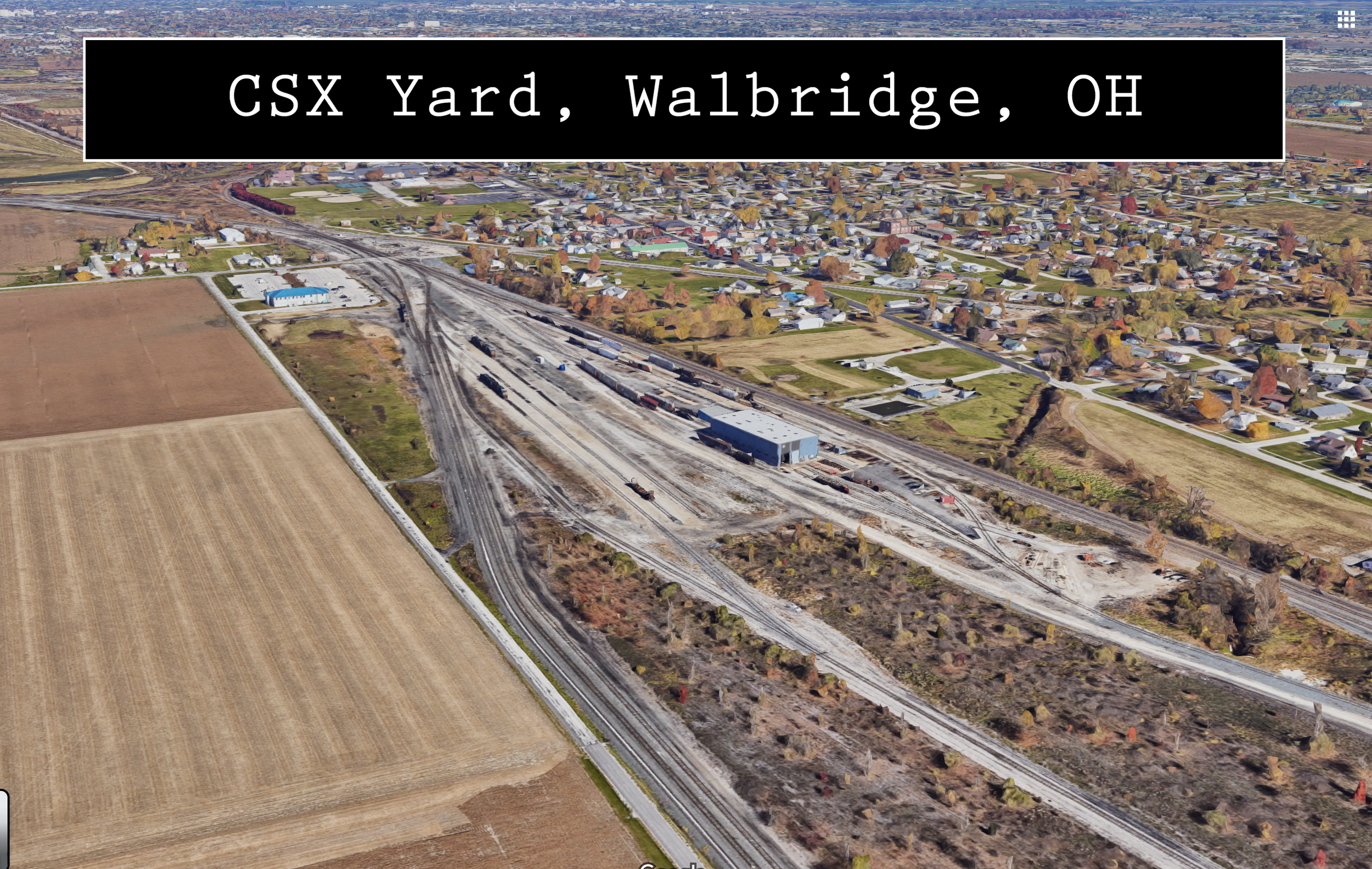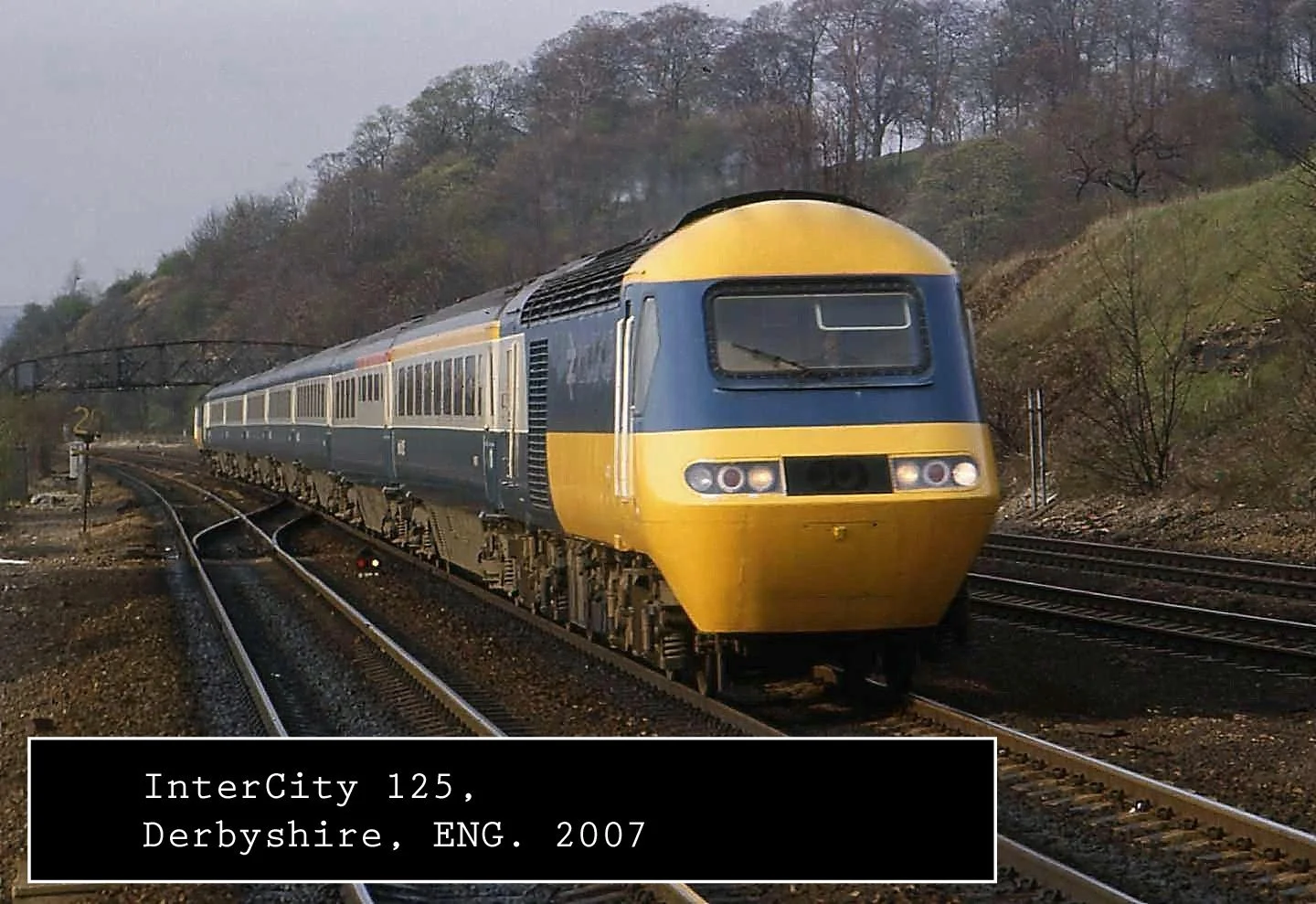Outrage After Tragic Death in Ohio CSX Yard //
Tragedy struck at the CSX Yard in Walbridge, Ohio; southeast of Toledo, on Sunday morning. Just before 4am carman, Fred Anderson was pinned between two railcars by a remote-controlled train in the CSX yard. A personal tragedy more than the Norfolk Southern derailment in East Palestine, OH that took place earlier this year. This most recent Ohio rail death highlights another shortcoming in the US’s Class I railroad. The necessity for an in-depth review of the use of remote-controlled locomotives both in and out of the yard. The overall need for the review of the safe implimentation of this remote technology is imperative to avoid any additional horrific and unnecessary rail casualties. The peace of mind for the safety of yard workers is the least CSX and other Class I rail companies can do to bring ease to their both overworked and hard working employees.
The trajectory of remote controlled locomotives have been on the incline for a past few decades; as freight trains get longer and longer outside the yard and on-site signal workers and manned positions in the yard are relegated to the history books. These remote-controlled locomotives use either a mechanical or radio transmitter and receiver system to deliver commands originally in a given yard, but recently implementation of the, specifically, radio transmission has increased with frequency inspiration outside the yard. The ultimate goal of remote transmission is for the locomotive to be manned by an offsite worker. In 2001, the US Federal Railroad Administration (FRA) recommended minimal guidelines for the operation of remote control locomotives. Though developed by Union Pacific; remote operation is used by all seven North American Class I railroads. Logistics needs to cover where human error can happen within and out of a rail yard. Logistics that need to be reassessed and ordered with the fail-proof safety of the worker in mind.
Of course, this remote technology has been utilized by other regions of the world in mind. Modern passenger remote-controlled rail systems are now based on digital signal technology. Systems like these use time-division multiplexing transmission to cut down on the number of cables or radio bandwidth required to integrate remote locomotive control. For example, the UK’s InterCity 125 was the first passenger train to use and introducing this more efficient system in 1976 to run high speed passenger service with updated models still in use across the pond.
More About The Story Here //
https://www.wtae.com/article/walbridge-ohio-csx-railroad-worker-dies-unions/45195011#




